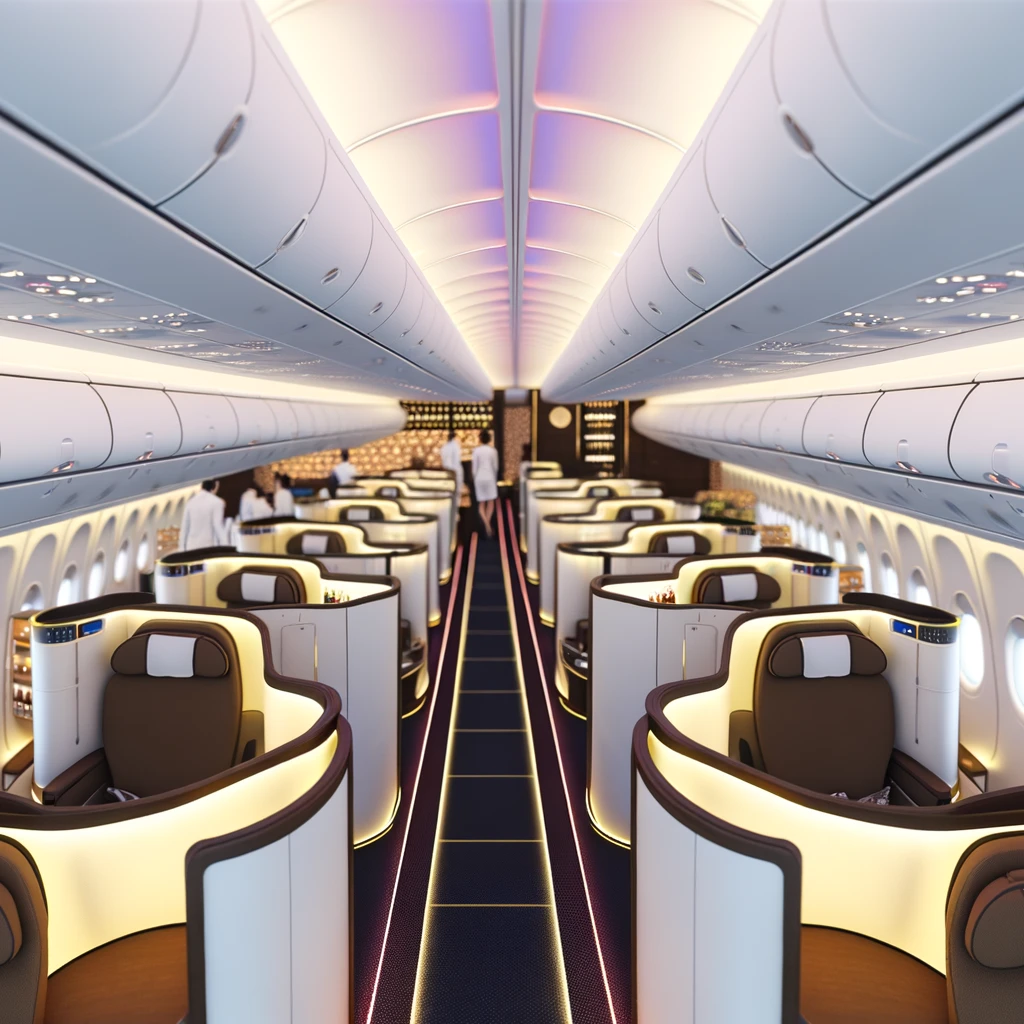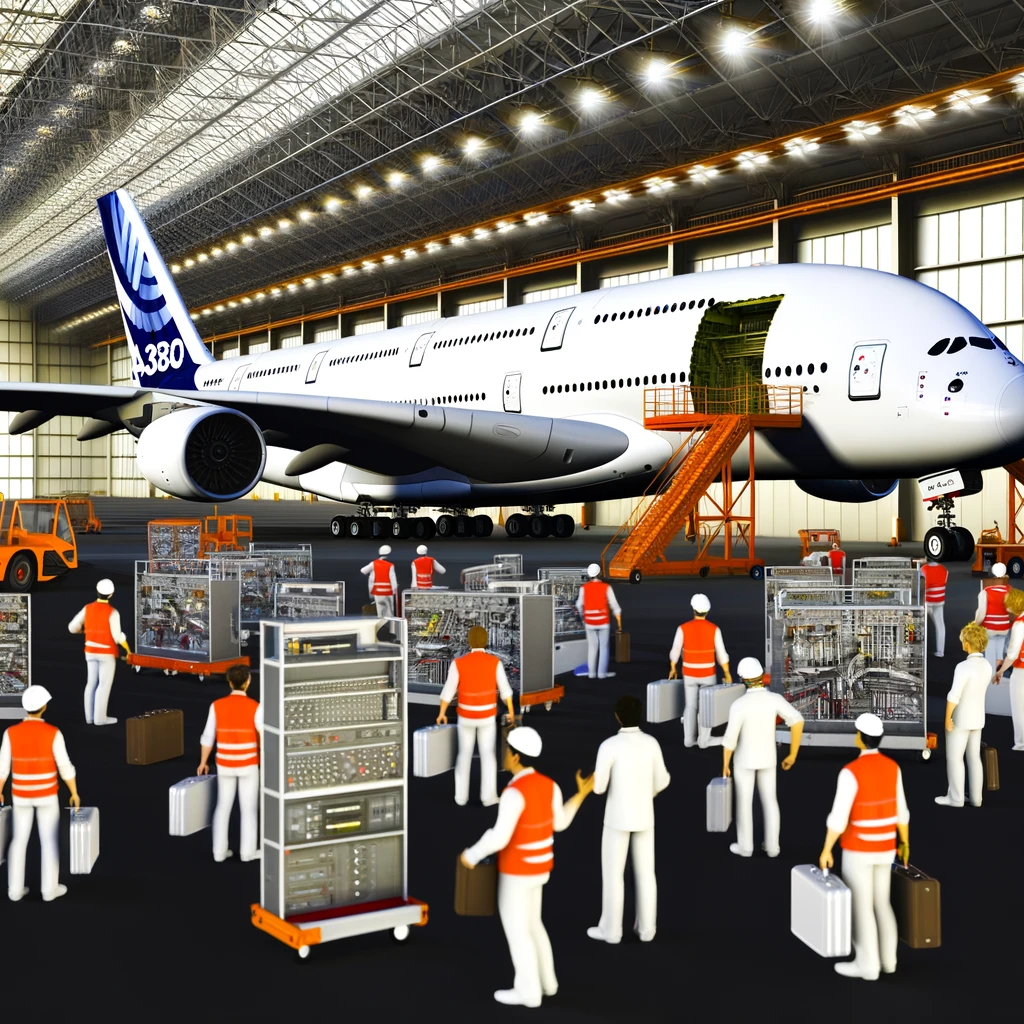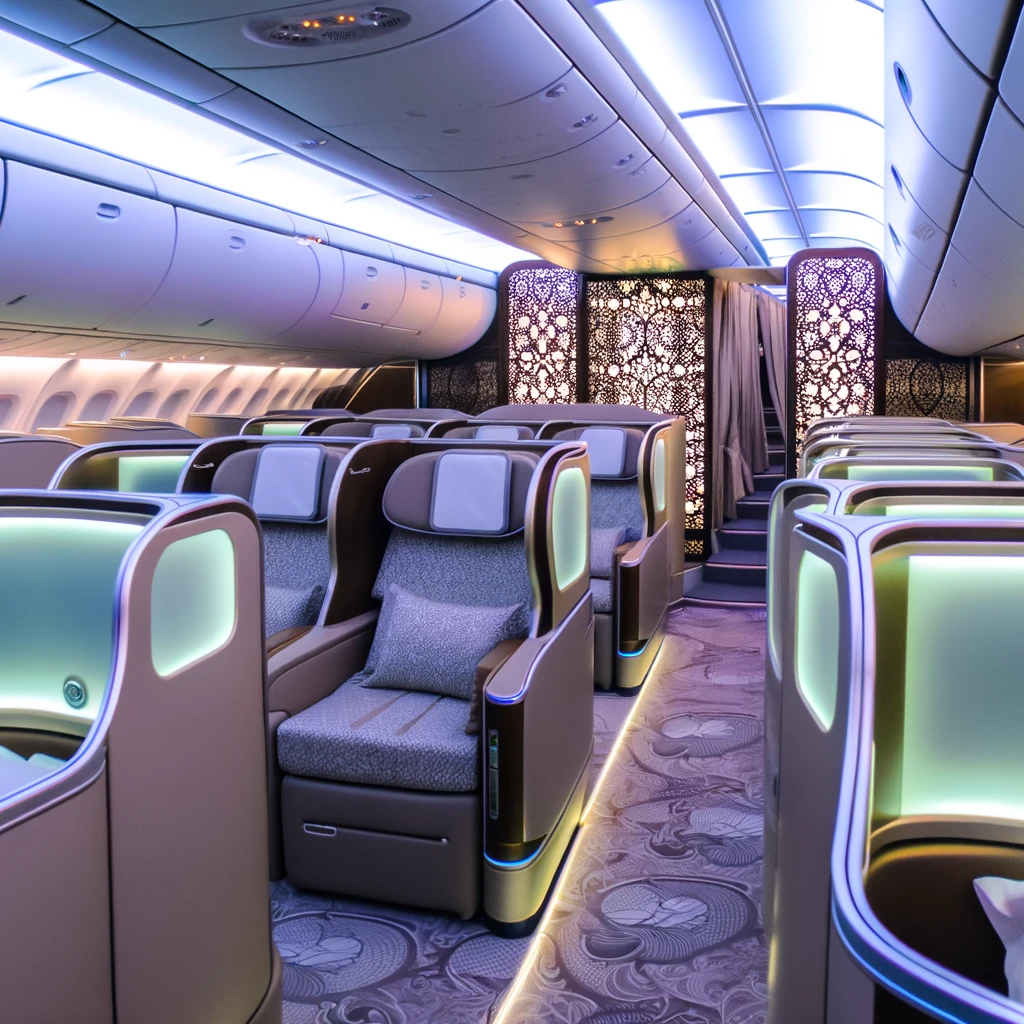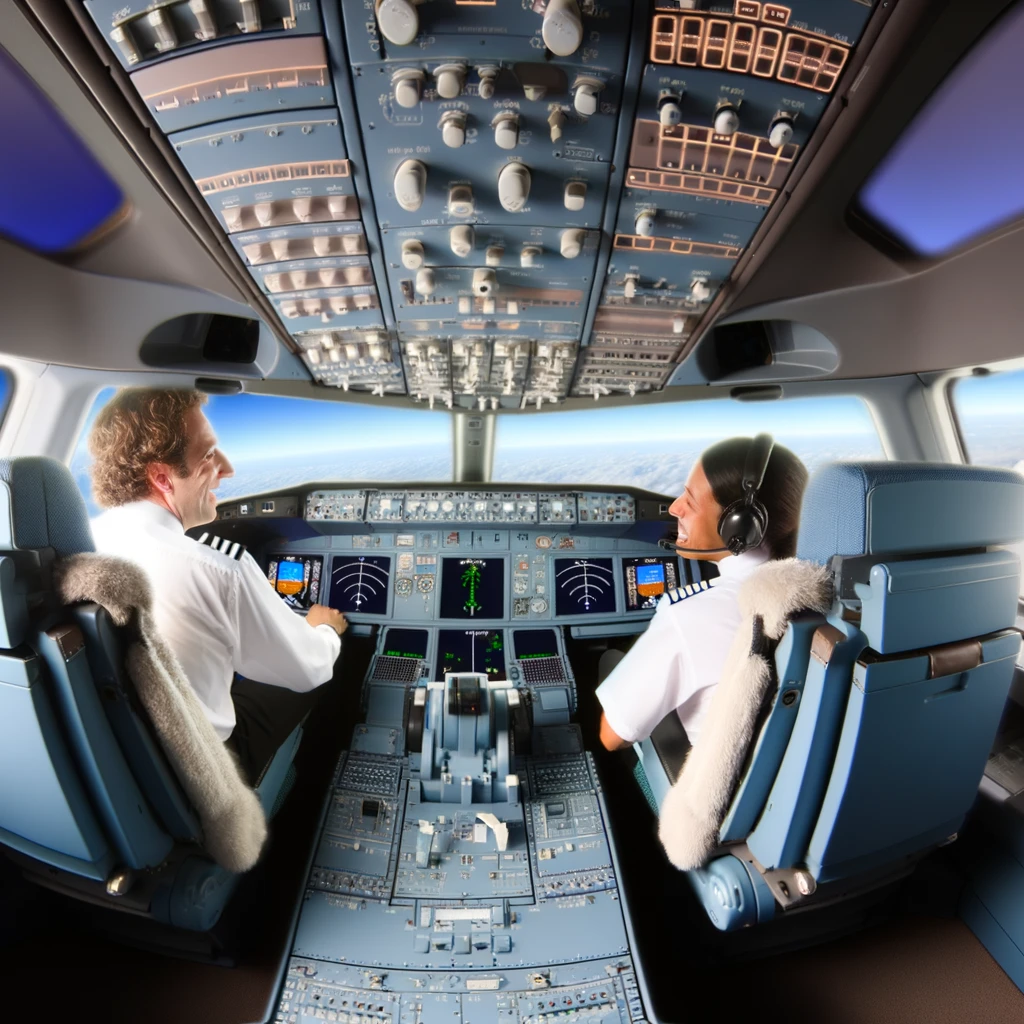
The Airbus A380's Lasting Legacy on Aviation
The Airbus A380, known as the world's largest passenger airliner, has left an indelible mark on the aviation industry. Since its introduction, it has redefined the parameters of air travel, setting new standards for capacity, comfort, and efficiency. As we explore its legacy, it is essential to understand how this engineering marvel has influenced modern aviation.
Revolutionary Design and Engineering
The Airbus A380 represents a pinnacle of innovation in aircraft design. Launched in 2007, the A380 was conceived to address the growing demand for air travel and the need for airlines to maximize passenger capacity while maintaining efficiency. Its double-deck design allows it to carry up to 853 passengers, depending on the seating configuration, making it a viable option for high-density routes.
Technical Specifications
The A380's technical advancements include a state-of-the-art fly-by-wire system, advanced materials such as carbon-fiber-reinforced plastic, and new engine technologies that enhance fuel efficiency. These features not only improve the aircraft's performance but also contribute to its lower environmental impact compared to other large aircraft.
Economic Impact on Airlines
Despite its groundbreaking design, the A380 faced economic challenges. The aircraft's size required airports to modify infrastructure to accommodate its wingspan and passenger volume. Moreover, the economic viability of operating such a large aircraft depended heavily on high passenger loads, which not all airlines could consistently achieve.
Nevertheless, flagship carriers like Emirates have successfully integrated the A380 into their fleets, using it as a cornerstone for long-haul travel and luxury services. The suite-like first-class cabins and spacious economy sections have set new benchmarks for in-flight comfort and service.
Influence on Future Aircraft
While Airbus announced the cessation of A380 production in 2019, its legacy continues to influence the design and development of future aircraft. The lessons learned from the A380's design and operational challenges have informed the development of more efficient, smaller wide-body aircraft, such as the Airbus A350 and Boeing 787.
The emphasis on passenger comfort and fuel efficiency seen in the A380 has become a standard expectation in new aircraft models. Additionally, the A380's introduction has encouraged airlines to rethink hub-and-spoke models, opting instead for more direct point-to-point routes facilitated by smaller, long-range jets.
Aviation's Giant: A Symbol of Human Ingenuity
The A380 remains a symbol of human ingenuity and ambition in aviation. Its introduction marked a period of bold innovation, pushing the boundaries of what was technically and economically feasible in air travel. Although its production has ceased, the A380's influence on aircraft design, airline operations, and passenger expectations will endure for decades.
As the aviation industry continues to evolve, the Airbus A380's legacy will serve as a reminder of the benefits and challenges of pioneering new frontiers in technology and design. It stands as a testament to the power of vision and collaboration in advancing human transport capabilities.
Related Articles





